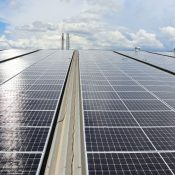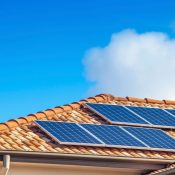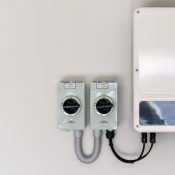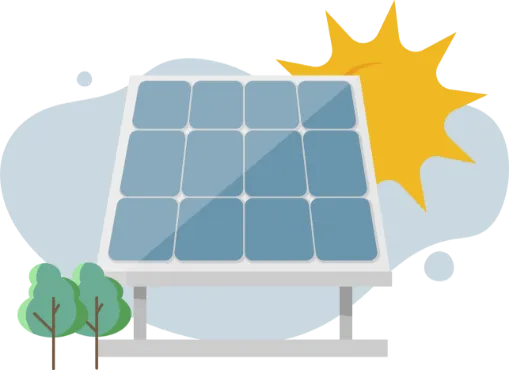What Does Ireland’s 2030 Climate Action Plan Have in Store for Us?
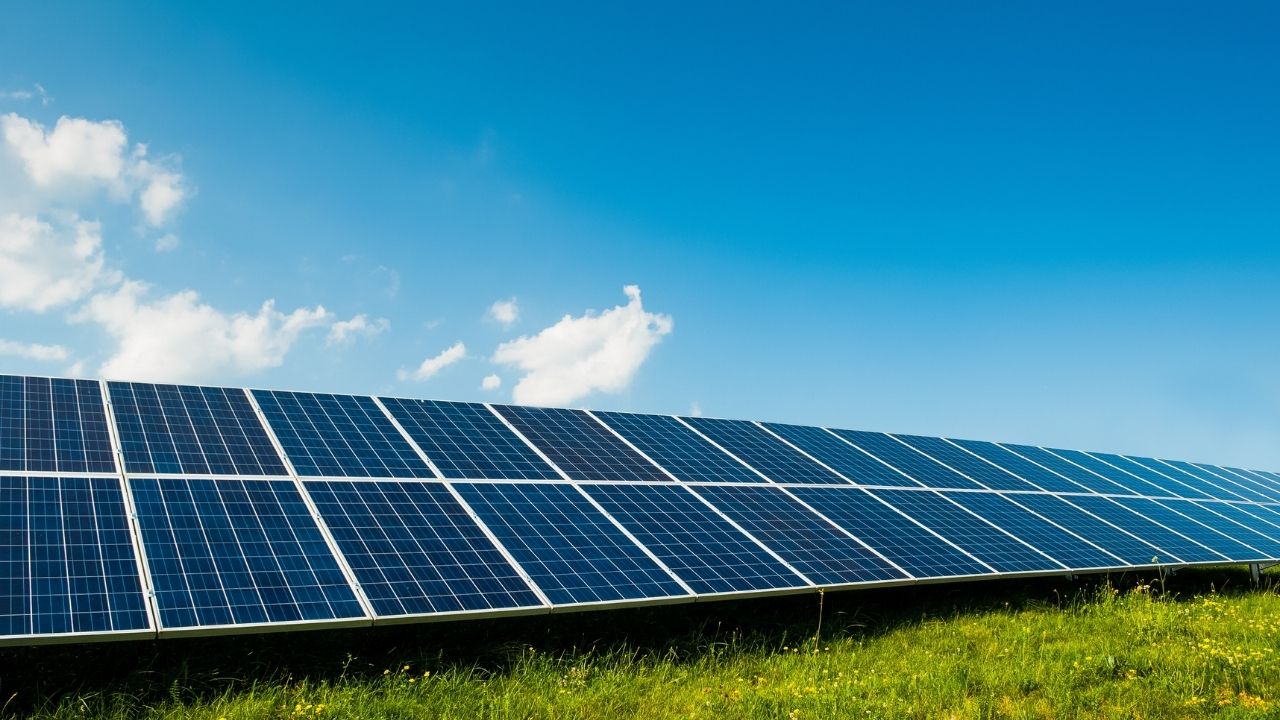
Interested to know what does Ireland’s 2030 Climate Action Plan have in store for us? Ireland’s 2030 Climate Action Plan aims to tackle one of the most pressing global challenges—climate change. The plan sets a legally binding target to cut greenhouse gas emissions by 50% by 2030, positioning Ireland as a leader in climate action.
However, the country’s historical struggles with rising emissions, as highlighted by the Environmental Protection Agency (EPA), raise concerns about meeting these goals.
Without significant progress, Ireland risks falling short of its energy targets and facing financial penalties under the EU Green Deal. The success of this plan will depend on strong implementation across all sectors.
This blog will help to learn how Ireland is advancing & what does Ireland’s 2030 Climate Action Plan have in store for us?
Let’s start!
How is Ireland Advancing Climate Action?
Ireland’s 2030 Climate Action Plan aims to generate 70% of its electricity from renewable sources by 2030, but progress has been slow due to infrastructural and policy challenges.
A lack of electric vehicle charging stations, continued dependence on fossil fuels for home heating, and high agricultural emissions contribute to the struggle.
The Irish Times reports that these setbacks could prevent Ireland from achieving its net-zero carbon target by 2050.
Without stronger initiatives and more efficient planning, the country risks falling short of its climate commitments, highlighting the need for urgent action across all sectors.
What Does Ireland’s 2030 Climate Action Plan Have in Store for Us?
Ireland’s 2030 Climate Action Plan aims to cut greenhouse gas emissions by 55% by 2030 while switching to renewable energy. It outlines sector-specific goals, from energy production to transport and housing, to create a sustainable, low-carbon future.
Interested to know “what does Ireland’s 2030 Climate Action Plan have in store for us?”, here’s a closer look at the core targets of the plan.
1. Switch to Renewable Energy

Ireland plans to generate 70% of its electricity from renewable sources like wind and solar by 2030. This shift involves significant investment in renewable infrastructure, including offshore wind farms and rooftop solar installations.
The plan also focuses on modernising the national grid to efficiently manage renewable energy distribution. Phasing out fossil fuels such as coal, peat, and turf will play a crucial role in achieving this target, ensuring cleaner energy production across the country.
2. Energy-Efficient Home Upgrades
By 2030, at least 500,000 existing homes will be retrofitted to achieve a Building Energy Rating (BER) of B2 or higher. These upgrades include improved insulation, energy-efficient windows, and smart heating systems to increase energy performance.
The government offers financial incentives and grants to support homeowners in making these changes. This initiative not only reduces energy consumption and carbon emissions but also helps households lower their energy bills, making homes more comfortable and sustainable.
3. Ban on Single-Use Plastics
To tackle plastic pollution, the Climate Action Plan includes a nationwide ban on single-use plastics, such as polystyrene food containers, cups, and drink holders. The government aims to encourage the adoption of eco-friendly alternatives, such as compostable or reusable products.
This measure aligns with the broader EU directive on plastic waste reduction and promotes a circular economy. By reducing plastic waste, Ireland hopes to protect its natural environment while promoting sustainable consumer habits.
4. Expansion of Low-Emission Public Transport
The plan includes introducing 1,200 low-emission buses across major cities to create a greener public transport system. These buses will use electric or hybrid technology, significantly reducing harmful emissions from urban transport.
The initiative also includes upgrading existing transport infrastructure to support these buses, such as dedicated bus lanes and charging stations. By improving public transport options, the plan encourages people to choose sustainable travel, ultimately reducing traffic congestion and urban pollution.
5. Promoting Electric Vehicles (EVs)

Ireland aims to have nearly 1,000,000 electric vehicles (EVs) on the roads by 2030. To support this goal, the government is expanding the EV charging network nationwide, ensuring convenient access for drivers.
Grants and tax incentives are available to make EVs more affordable for consumers. This initiative not only reduces emissions from traditional petrol and diesel vehicles but also promotes sustainable transport as a practical choice for both households and businesses.
Conclusion
Ireland’s 2030 Climate Action Plan presents a bold vision for a greener future, aiming to cut emissions by 55%, switching to 70% renewable energy, upgrade homes for energy efficiency, and promote electric transport. However, achieving these goals will require significant progress across sectors, including better infrastructure and widespread adoption of renewable technologies.
By utilising solar energy, you can play a crucial role in this transition while reducing your energy costs. Ready to make the switch? Contact Going Solar today for expert advise and smooth solar panel installation. Together, we can build a more sustainable future for Ireland.
Planning a switch to solar energy?
Contact Going Solar now and Get Free Advice & Quote Within Minutes!
Frequently Asked Questions
Contact Going Solar Now!
Joe Brennan
Founder @ Going Solar
Joe Brennan, the founder of Going Solar, is dedicated to making solar power mainstream in Ireland and meet SEAI objectives. With a focus on affordability and sustainability, he is bringing renewable energy solutions to homes, reducing costs & environmental impact.
Recent Posts

